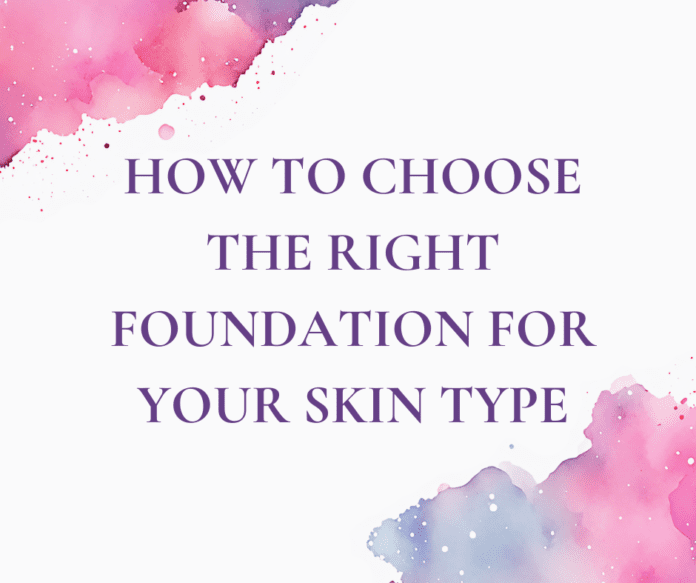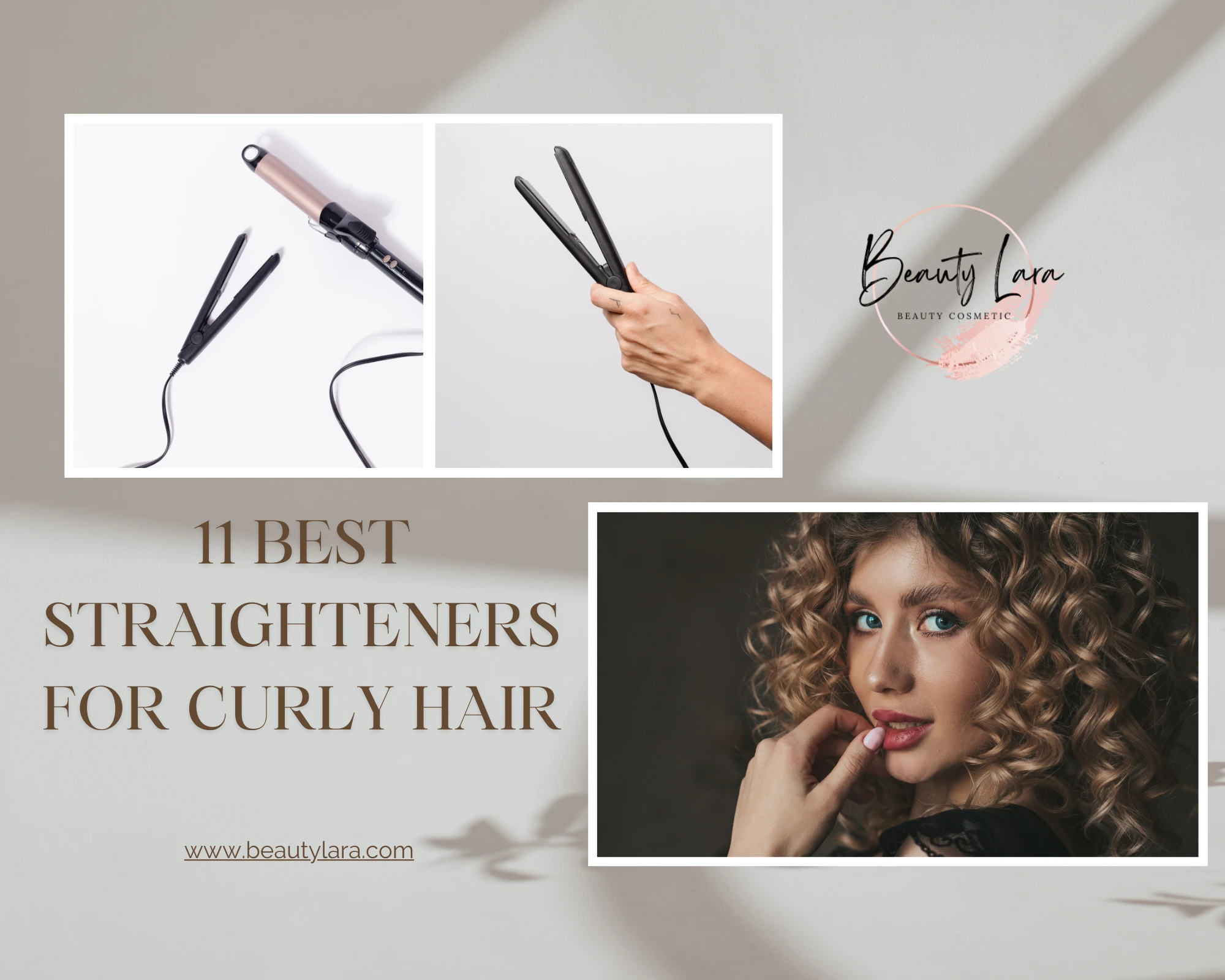Finding the ideal foundation is not merely about selecting a color that seems to match your skin—it’s a sophisticated process that involves understanding your skin type, undertone, desired coverage, and lifestyle. The right foundation serves as the cornerstone of any makeup routine, offering a flawless canvas while enhancing your natural complexion.
However, with the overwhelming variety of products available—ranging from liquids to powders, matte to dewy finishes, and sheer to full coverage—making an informed choice can be challenging.
In this comprehensive guide, we’ll walk you through the professional steps to selecting a foundation that works harmoniously with your skin. Whether you are new to makeup or looking to refine your product selection, this article will equip you with expert-level knowledge to make confident, skin-conscious choices.
How to Choose the Right Foundation for Your Skin Type
Step 1: Understand Your Skin Type
One of the most critical aspects of choosing the right foundation is understanding your skin type. Foundations are not one-size-fits-all; they are carefully formulated to work with different skin characteristics. If you select a foundation that does not align with your skin type, you may experience issues such as excess oil, dryness, patchiness, or even breakouts.
Oily Skin
Individuals with oily skin typically notice a persistent shine, particularly in the T-zone (forehead, nose, and chin). Pores may appear enlarged, and makeup often wears off quickly due to excess sebum. For this skin type, oil-free, mattifying foundations with a long-wear formula are ideal. Look for ingredients like salicylic acid or charcoal to help control oil without clogging pores. Powder foundations or mousse-textured liquids can also provide a smooth, shine-free finish.
Dry Skin
Dry skin may feel tight, appear dull, or exhibit flakiness, especially around the cheeks and jawline. This skin type requires foundations that deliver hydration and comfort throughout the day. Opt for liquid or cream-based foundations with moisturizing ingredients such as hyaluronic acid, glycerin, or squalane. Avoid matte or powder finishes, as they can exaggerate texture and dryness. Dewy or luminous finishes are particularly flattering for dry complexions, adding a radiant glow.
Combination Skin
Combination skin features both oily and dry areas—most commonly, an oily T-zone with dry cheeks. The challenge lies in balancing the two without emphasizing either. Choose a foundation with a satin or natural finish that can adapt to multiple skin zones. Buildable liquid formulas that offer medium coverage tend to work best, especially when combined with targeted primers for different areas of the face.
Sensitive Skin
Sensitive skin is prone to redness, irritation, or allergic reactions. It’s essential to use foundations that are non-comedogenic, fragrance-free, and hypoallergenic. Mineral-based foundations are an excellent choice due to their gentle formulas and natural ingredients. Always perform a patch test before full application, and steer clear of alcohol-based or highly fragranced products.
Step 2: Determine Your Undertone
Understanding your skin’s undertone is just as important as identifying your surface tone. The undertone affects how a foundation appears on your skin, especially under natural light, and is crucial in achieving a natural, seamless look.
- Cool Undertones: Skin with cool undertones has hints of pink, red, or blue. If the veins on your wrist appear blue or purple, and silver jewelry flatters you more than gold, you likely have a cool undertone.
- Warm Undertones: If your skin has yellow, peach, or golden hues, your veins appear green, and gold jewelry complements you better, you have a warm undertone.
- Neutral Undertones: Those with neutral undertones have a balance of warm and cool hues. Their veins may appear blue-green, and both silver and gold jewelry look equally flattering.
Professional Tip: When testing foundation shades, always swatch along your jawline—not your hand—and check the match in natural daylight. The shade that disappears into your skin without looking ashy or orange is your true match.
Step 3: Define Your Desired Coverage Level
The next step in selecting the right foundation is determining how much coverage you need. This often depends on the occasion, your personal preferences, and your skin’s natural condition.
- Sheer Coverage: Offers a light, breathable finish that evens out tone without masking the skin. Best suited for daily wear, minimalist makeup lovers, or individuals with clear skin.
- Medium Coverage: Balances natural appearance with effective coverage for redness, pigmentation, and mild blemishes. It’s versatile and can be layered for added opacity.
- Full Coverage: Completely conceals imperfections such as acne scars, discoloration, and texture. Ideal for photography, events, or those who prefer a flawless, airbrushed look.
Modern foundations are increasingly buildable, meaning you can adjust coverage by layering, which makes medium coverage products particularly popular among professionals and enthusiasts alike.
Step 4: Choose the Right Finish
The finish of your foundation refers to how it looks on your skin once applied and set. Choosing the right finish is essential for achieving your desired aesthetic and for working with your skin type rather than against it.
- Matte Finish: Offers a flat, shine-free look. Best for oily or combination skin. It controls oil but may accentuate dryness or fine lines.
- Dewy or Radiant Finish: Imparts a luminous, glowing appearance. Ideal for dry, dull, or mature skin types. These formulas often contain moisturizing or reflective ingredients.
- Natural/Satin Finish: Mimics the look of real skin with a balance of glow and matte. Suitable for most skin types and perfect for a healthy, polished appearance.
Pro Tip: If you prefer a matte finish but have dry skin, consider using a dewy foundation with a mattifying setting powder only on the T-zone.
Step 5: Select the Ideal Formula Format
The texture of your foundation impacts both application and overall finish. Here’s a breakdown of the most common types and their best uses:
| Format | Ideal For | Benefits |
|---|---|---|
| Liquid Foundation | All skin types | Blendable, customizable coverage, comes in multiple finishes |
| Cream Foundation | Dry or mature skin | Rich hydration, long-lasting, great for full coverage |
| Powder Foundation | Oily and acne-prone skin | Shine control, easy to apply, travel-friendly |
| Stick Foundation | Normal to dry skin | Convenient, buildable, great for contouring or touch-ups |
| Serum/Tinted Moisturizer | Sensitive, dry skin | Lightweight, breathable, ideal for no-makeup makeup look |
| Cushion Compact | All skin types (on-the-go use) | Easy to apply, dewy finish, hygienic packaging |
Each type offers unique benefits depending on your needs. Professionals often carry multiple types to adapt to different skin textures, climates, and environments.
Additional Professional Tips for a Flawless Foundation Application
- Prep Your Skin: Cleansing, exfoliating, and moisturizing your skin before application ensures a smoother, more even foundation look.
- Use the Right Tools: For a natural finish, use a damp beauty sponge. For fuller coverage, use a dense foundation brush. Clean your tools regularly to avoid breakouts.
- Prime Strategically: A primer tailored to your skin concerns (e.g., mattifying, hydrating, pore-blurring) enhances longevity and finish.
- Set with Purpose: Use setting powder only where needed—commonly in the T-zone. Over-powdering can lead to cakiness, especially in dry areas.
Conclusion
The journey to finding the right foundation isn’t about chasing trends or mimicking influencers—it’s about understanding your skin and selecting products that support its unique needs. A great foundation should not mask your face but rather enhance your natural beauty, provide comfort, and offer durability throughout your day.
By thoughtfully considering your skin type, undertone, desired coverage, preferred finish, and formula texture, you will be able to make informed decisions that yield a consistently polished, confident look.







